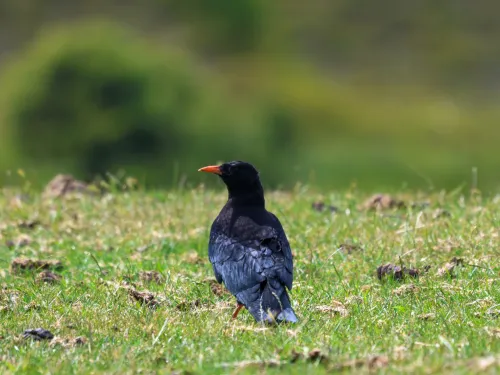
Historic breakthrough as wild-born chough takes to the skies and thrives in Kent for the first time in over 200 years
Conservationists celebrate landmark moment in bid to return red-billed choughs to South East England.
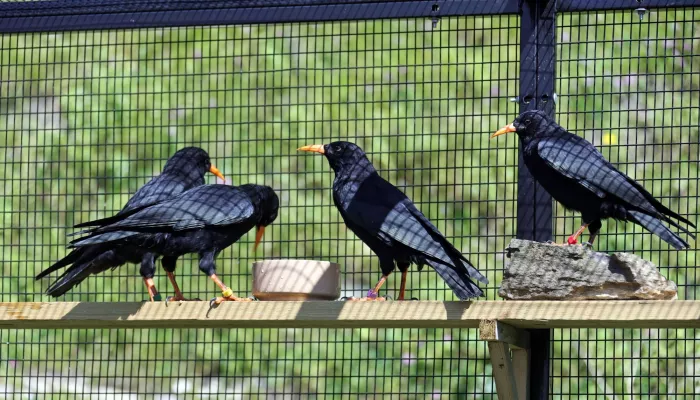
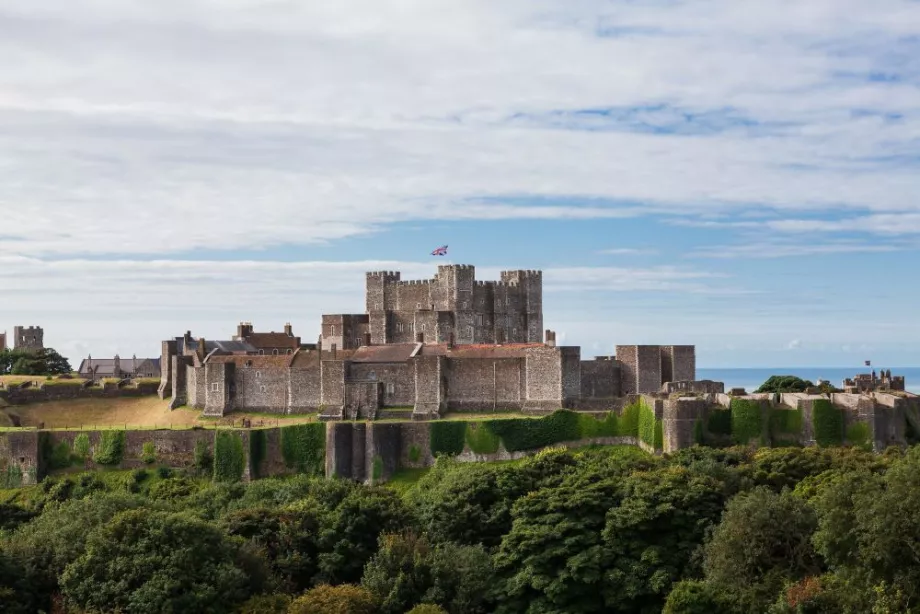
Dover Castle. English Heritage
Dover Castle provides a unique natural and historical setting to inspire people about the project, as Roy Porter, Senior Properties Curator South, English Heritage, explains: “Many think of ‘bluebirds over The White Cliffs of Dover,’ but choughs were a common sight here in Kent when Dover’s defences were first built.
With hundreds of thousands of visitors to Dover Castle every year, the chough aviary will introduce our visitors to a unique bird with historic links to Kent, and celebrate the return of the chough to the area.”
The red-billed chough is a rare member of the crow family with glossy black plumage, red legs and a distinctive bright red beak. Choughs became extinct in Kent more than 200 years ago due to changing farming practices and persecution.
The choughs living in the aviary hatched earlier this year at British wildlife conservation charity, Wildwood Trust, in nearby Herne Bay, as part of a breeding programme to help reverse falling numbers of the chough population across the UK.
A dedicated team of keepers from Wildwood have spent the past three months rearing and training the choughs in preparation for their move to the castle. This has included enrichment to habituate the birds to their new surroundings, including new sights and sounds.
Laura Gardner, Director of Conservation at Wildwood Trust said: “We are so excited to see the chicks, who were all born this year at Wildwood, grow and become amazing ambassadors for their species - and for the longer term reintroduction. The chough is a charismatic and intelligent bird and everyone will fall in love with these characters - they all have such different personalities.
“It is our hope that the birds at Dover Castle will enable the people of Kent to reconnect with this iconic and emblematic species and take us one step closer to the restoration of red-billed chough populations across Southern England.”
Despite being extinct in the county for two centuries, the chough is embedded in Kent’s history with the bird often found on pub signs and coats of arms.
Legend has it that the chough got its red bill and beak following the murder of Thomas Becket when a crow flew down and walked in his blood, turning its bill and feet red and transforming into a chough.
Kirsty Swinnerton, Wilding Ecologist at Kent Wildlife Trust said: “A chance to see the red-billed chough back in Kent after more than 200 years is the perfect example of history coming to life as well as showcasing an enigmatic species that can give people an opportunity to connect with the past and be part of a promising future for this species.
“This is reflected in the partnership, which brings vital skills and unique perspectives to this project. It’s a wonderful crossover of history and wildlife right on Dover’s doorstep. We couldn’t be more excited to see this happen, and we hope that this is just a stepping-stone to the widespread recovery of the red-billed chough in England.”

Conservationists celebrate landmark moment in bid to return red-billed choughs to South East England.
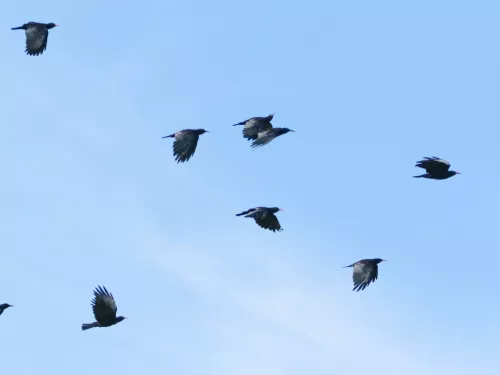
Nature-themed crafts on offer for young visitors to the festival
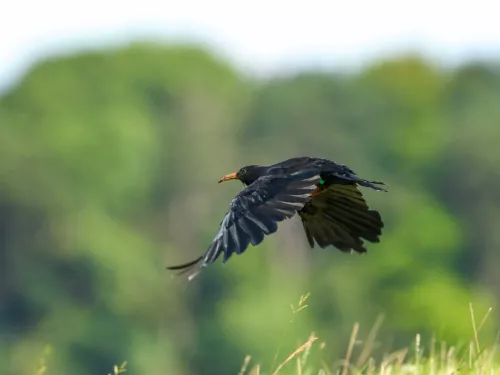
A total of nineteen red-billed chough have now released into the wild as part of a groundbreaking conservation project to return the at-risk species to Kent.